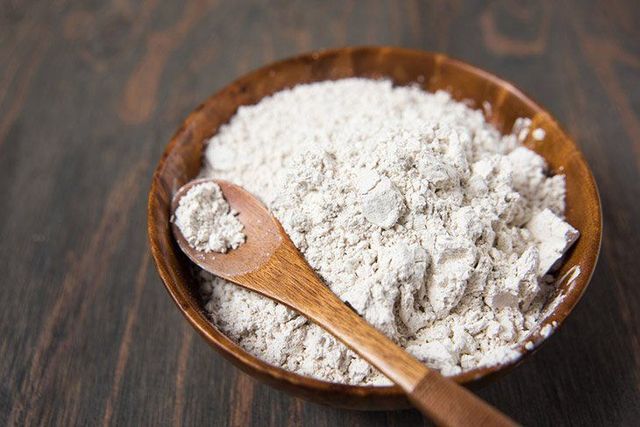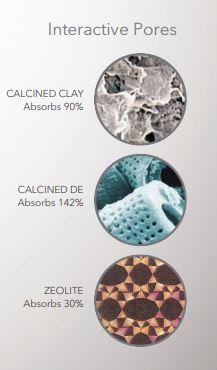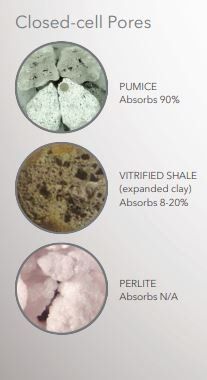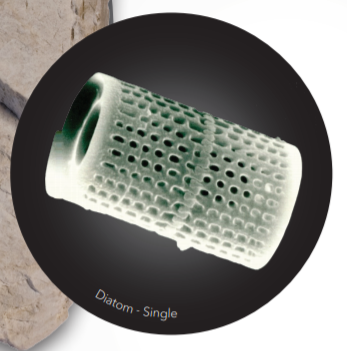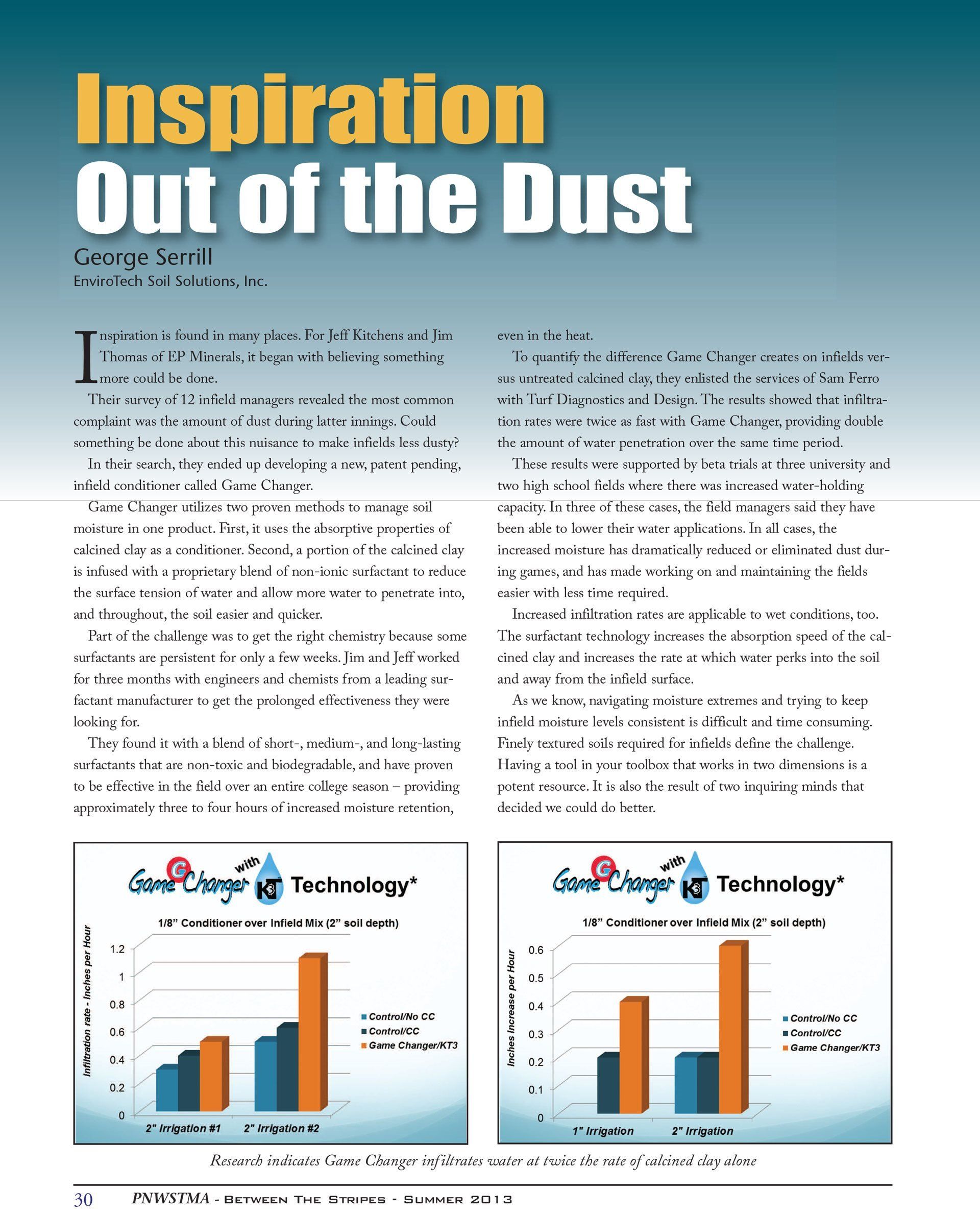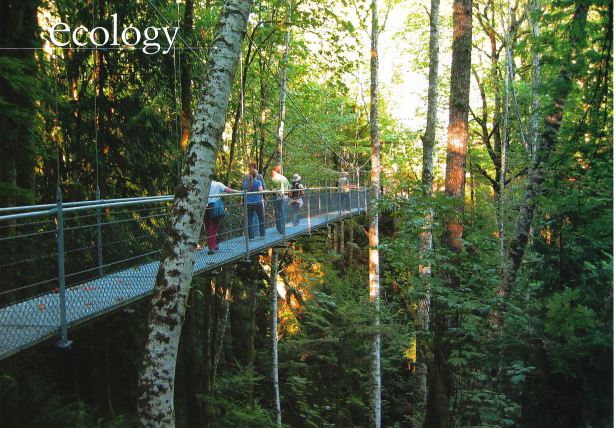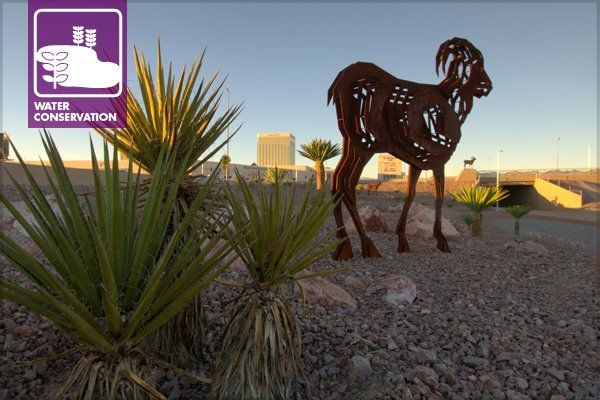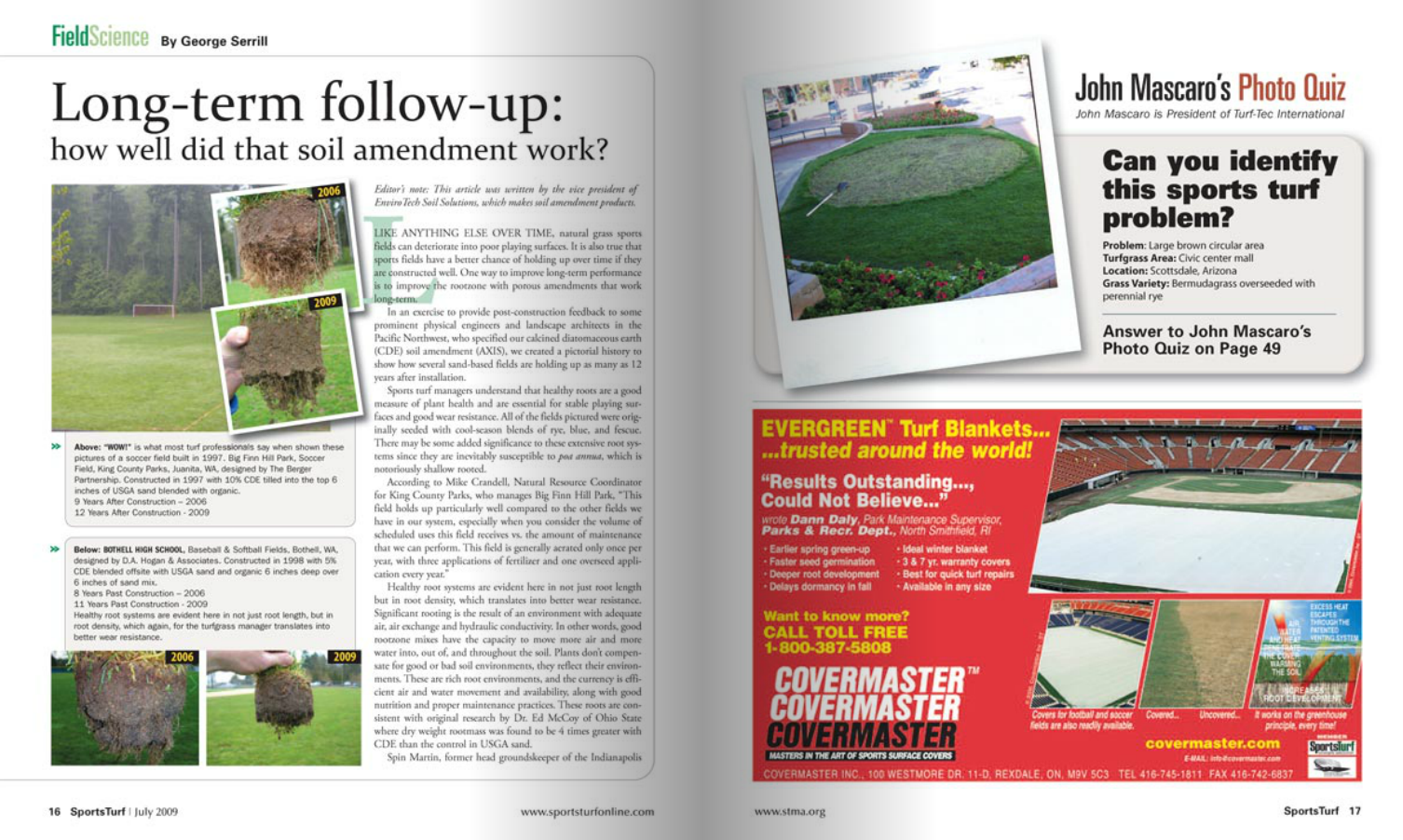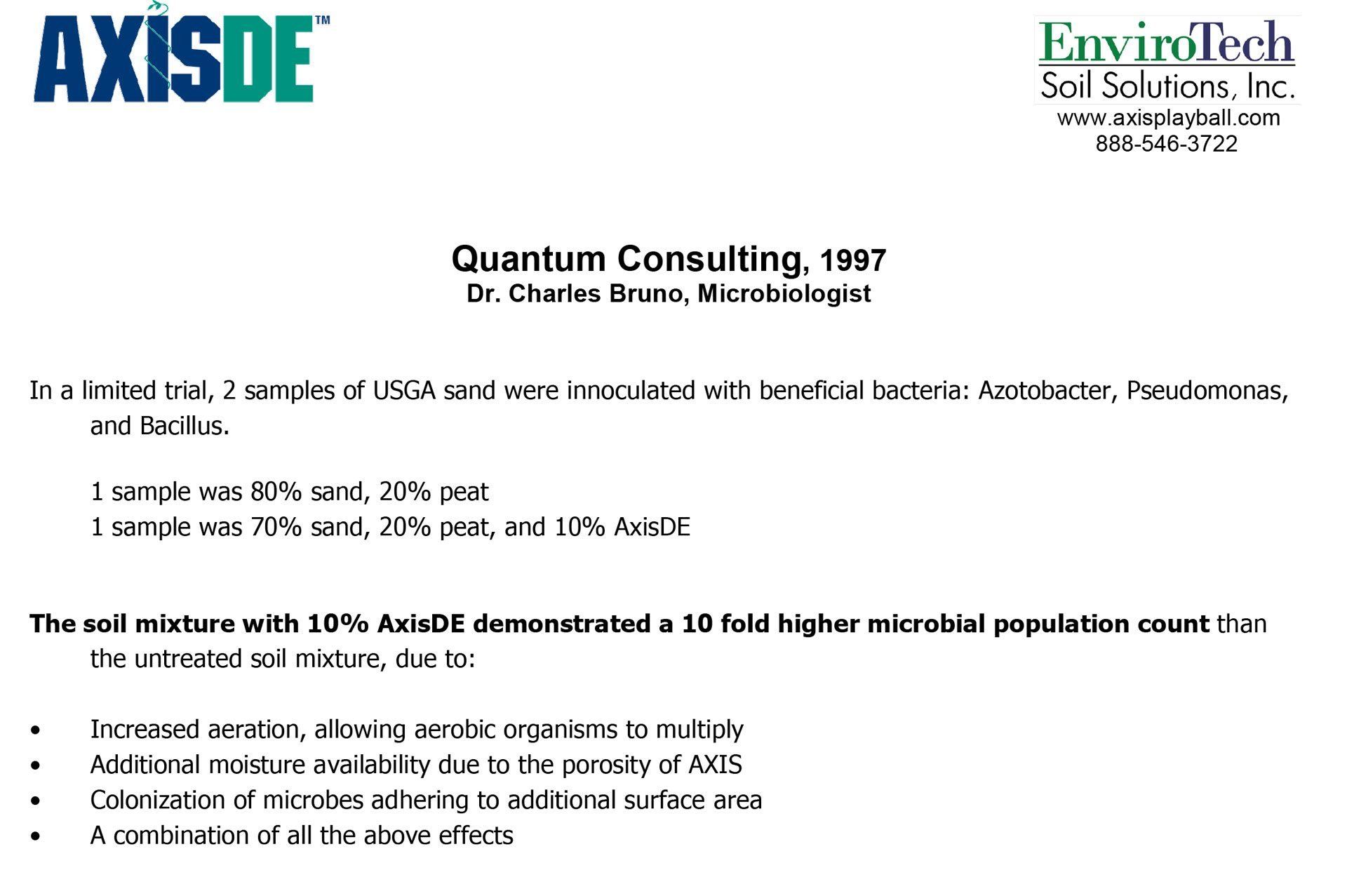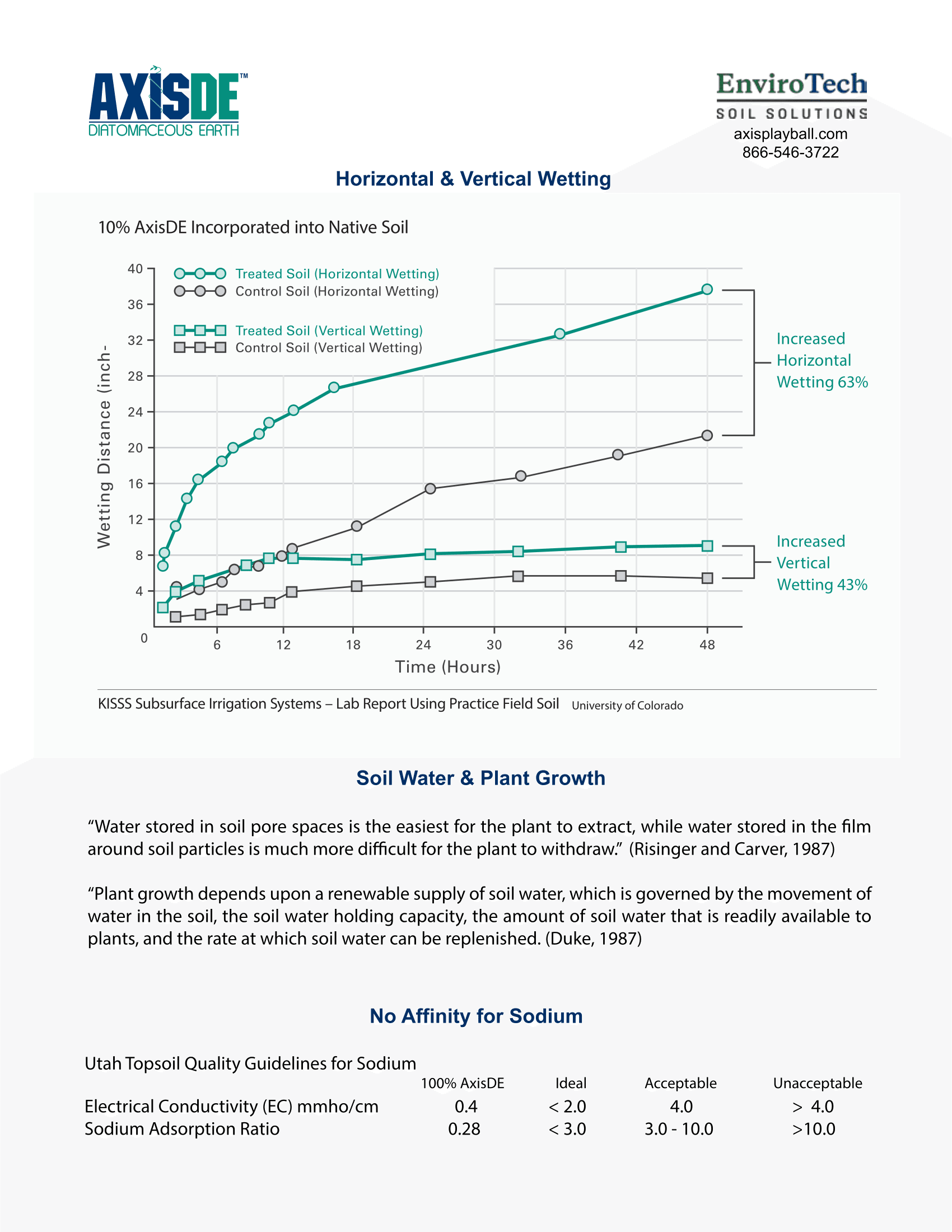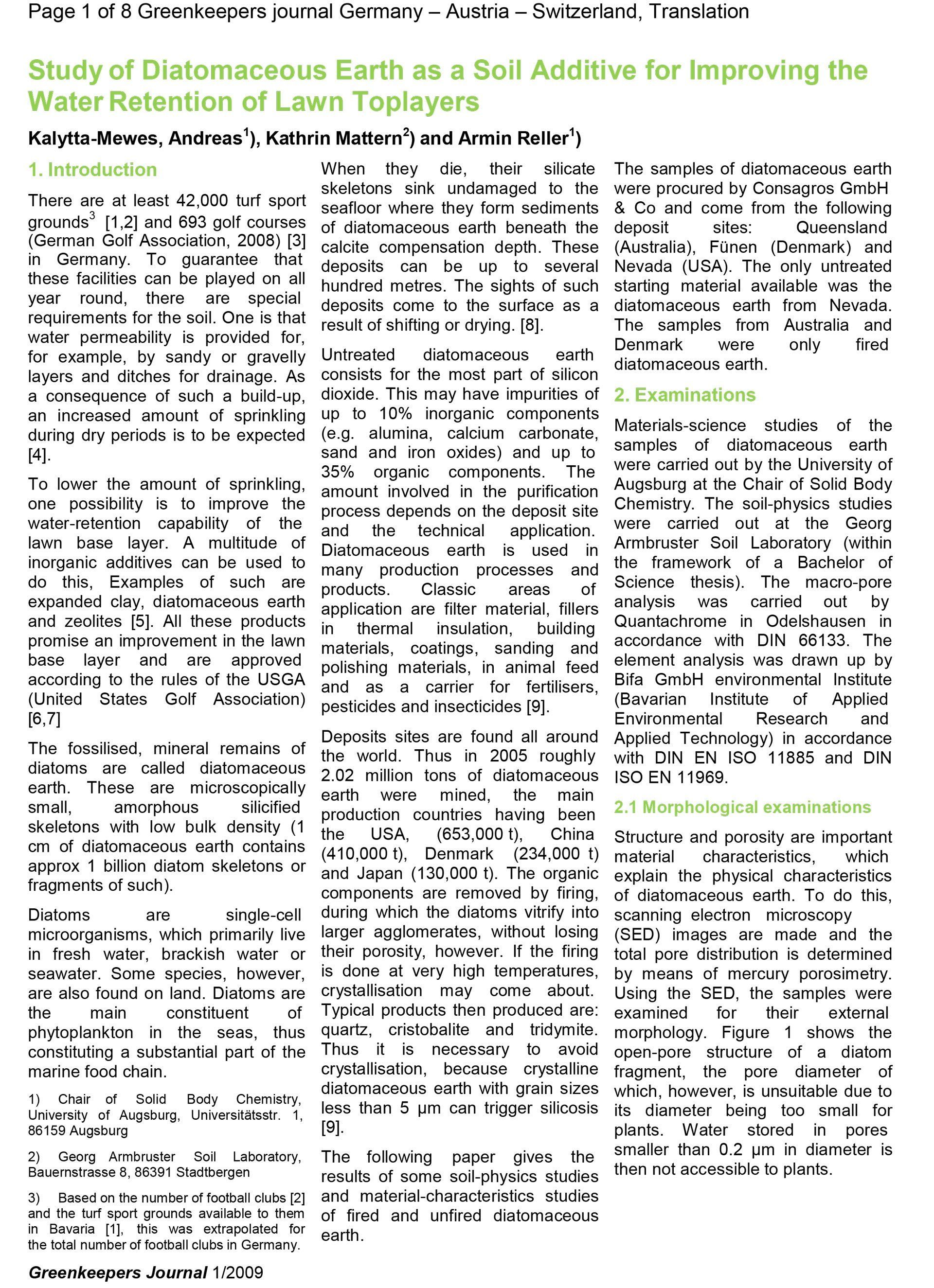Scores of Pores
Maximum Yield Magazine • May 18, 2020
No matter if you’re growing in containers, hydro, or outdoors in soil, diatomaceous earth is an incredibly versatile material that helps with prodigious root systems, silica uptake, and pest control.
DIATOMACEOUS EARTH
One of the coolest things about diatomaceous earth (DE) is that it was originally plankton, meaning it went from being an organic material to a mineral. But how could that be? And what exactly is DE?
Well, in the time of dinosaurs, give or take an epoch, plankton flourished in lakes and seas. These plankton species multiplied to countless proportions, especially during volcanic periods, when they consumed carbon dioxide (CO2) and extracted silica from the water. The silica was ingested to support cell walls that grew into beautiful, microscopic, porous silica structures. These plankton bodies were so porous that water flowed through them, providing a continuous supply of nutrient absorption. When they died, they sank to the bottom and accumulated in vast numbers as sediment. The skeletal remains of these structures are called diatoms. Eventually the waters receded, the topography changed, and these huge deposits of diatoms were discovered and named “diatomaceous earth.”
Today, DE is mined much like sand or gravel. (For the record, DE contains amorphous silica, which is the safe kind.) Of course, DE is not one universal product. In the green industry, natural DE powder is used for insect control, while DE aggregates improve soil function for all types of plant applications. Natural DE powders are different from powders used for filtration purposes, which are combined with other ingredients and kiln-fired to create better properties for separating particulates.
In the green industry,
natural DE powder is used for insect control, while DE aggregates improve soil function for all types of plant applications.
Natural DE powders have no additives and, as mentioned, are designed for use on insects and plants. Under a microscope, powdered DE is made of a whole lot of broken diatoms. To an insect, these are extremely sharp, hard edges that resemble a minefield of broken glass, cutting and abrading away their waxy layered exoskeleton. Insects get severely injured in their joints and bodies. They desiccate and they die. They can’t build up immunity because it is a mechanical mode of action.
Diatomaceous earth powder is blended into potting mixes to control insects at two to three per cent by volume. It can also be applied topically on the ground, applied to foliage as a dust with a puff bottle or hand-cranked blower, or mixed as a wettable powder to spray onto the top and underside of leaves. It is safe to use on food up to 24 hours before harvest, but just be sure to always wash your edibles before eating them. Even food-grade DE powder,which can be used in food production, such as mixing it with grains during storage to keep bugs away, shouldn’t really be eaten (though we hear people use tiny amounts as a supplement and testify to results).
Diatomaceous earth in aggregate form is very versatile, comes with some compelling research, and is challenging traditional soil component choices in the greenhouse, nursery, potting soil, and hydroponic markets. Aggregates enjoy wide acceptance for rooftop gardens, outdoor gardens, structural soil, sports fields, landscapes, and bioswales. They can also be used in lieu of or in combination with peat moss, and mixed with sand for golf green construction.
Diatomaceous earth aggregates have unparalleled physical properties designed by nature. They are 82 per cent porous and very absorbent (up to 142 per cent their weight in water), giving them great potential to influence water conservation. To help retain nutrients, they also have a cation exchange capacity of 27. Absorbed water and waterborne nutrients are readily released and available to plants.
Aggregates show impressive measurable increases for improved infiltration rates, water-holding capacity, plantavailable water, and increased air and water exchange. They also increase porosity, serving as additional reservoirs of pore space where air and water can exchange into, and out of, the granules, unit for unit, as moisture fluctuates. This creates a much more interactive soil media for root growth, water uptake, and nutrient uptake.
Aggregates show impressive
measurable increases for improved infiltration rates, water-holding capacity, plant-available water, and increased air and water exchange.
Aggregates promote easier establishment, excellent plant health, and legendary root mass due to increased air capacity and circulation, coupled with consistent reports of silica uptake. They are also pH neutral, and because it is a mineral source of pH, it tends to stabilize pH in soil and hydroponics. They reduce compaction, are essentially permanent, and perform long-term.
Remember how water flowed through the living plankton structures? The pores in DE aggregates have been identified by studies at the University of Augsburg as the same pore size that determines plant-available water (plants have an easier time getting water from pore spaces than from water as film on soil particles). Perhaps you’ve heard that if you want to reduce irrigation, just improve plant-available water. Well, DE aggregates have more plant-available water than peat moss, four times more than compost in native soil, and 90 per cent more than calcined clay from water release curves. This is worth considering if you want soil moisture uniformity and controlled wetting and drying, and if you believe in conserving water.
Diatomaceous earth
in aggregate form is very versatile, comes with some compelling research, and is challenging traditional soil component choices increased air and water exchange.
When it comes to soil water pores, there are three types: larger, free-draining pores; appropriately sized, plant-available water pores; and smaller, less-available water pores. Diatomaceous earth pores are invisible to the naked eye, so visible pores in other media indicate free-draining pores with less water retention and less plant-available water.
When we scan other inorganic choices for soil mixes and hydroponics, we see perlite, pumice, and clay spheres. (Though formerly organic, DE aggregates are inorganic amendments due to the silica transformation into a porous shape and from the kiln firing that reduces any organic fraction.) These other choices are all assumed to be porous, but the active porosity is skin deep. Only the surface pores can interact and contribute to physical activity within a mix, as the internal pores are isolated air bubbles trapped within mineral bodies. This represents a considerable amount of soil mix volume that is limited from interacting with air, water, roots, and other soil components.
Another advantage of DE aggregates is that they do not float. Aggregates come in a variety of sizes: larger grades (3/8 to ½ inch), which are suitable as inorganic hydroponic mediums; coarse and medium grades (3/8 to 1/8 inch) for soil mixes and potting mixes; and a fine grade (like large sand) for use with potting soils to improve soil performance, with the added potential for insect control. Some veteran growers. may remember large DE chunks for hydroponics. Well, that super-size aggregate is available again and it rivals the best current mixes and inorganics. You can mix it at either 100 per cent by volume, or at 40-60 per cent and mixed with an organic. Users at these rates also remark they have less bugs.
The pores
in DE aggregates have been identified by studies at the University of Augsburg as the same pore size that determines plantavailable wate.”
Incorporating medium size DE aggregates into native soils or soil mixes outdoors is a great way to ensure successful establishment of every plant. They provide permanent porosity to hard or sticky clay when mixed in at 10-15 per cent by volume. It provides excellent drought relief in hot climates and is suitable for turfgrass, trees, shrubs, gardens, and flowers. Moreover, each plant will enjoy an environment that is physically conducive to proper availability of water, nutrients, and pore space to grow.
Yes, DE is kinda cool. The porous structures are reminders of how they formed, how they work, and their modes of action. Best of all, they offer ideal solutions for plants and soils.

Any visit to a local garden center comes with a good dose of anticipation that you will find something new, pretty or useful. Ideas are inspirational and you can find lots of them. Indoor gardening has captured our imagination because growers gain control of the atmospheric conditions of temperature and light. These controlled environments enable precise dosing of inputs through fertigation coupled with timed light exposure for specifically designed plant responses. Hydroponic systems add an alluring dimension of speed to the process with faster cultivation from seed to harvest. When selecting growing media components, one of the most compelling choices is diatomaceous earth (DE) because it has a fascinating organic heritage, a wide array of benefits and uses, and is available in powder and aggregate form.
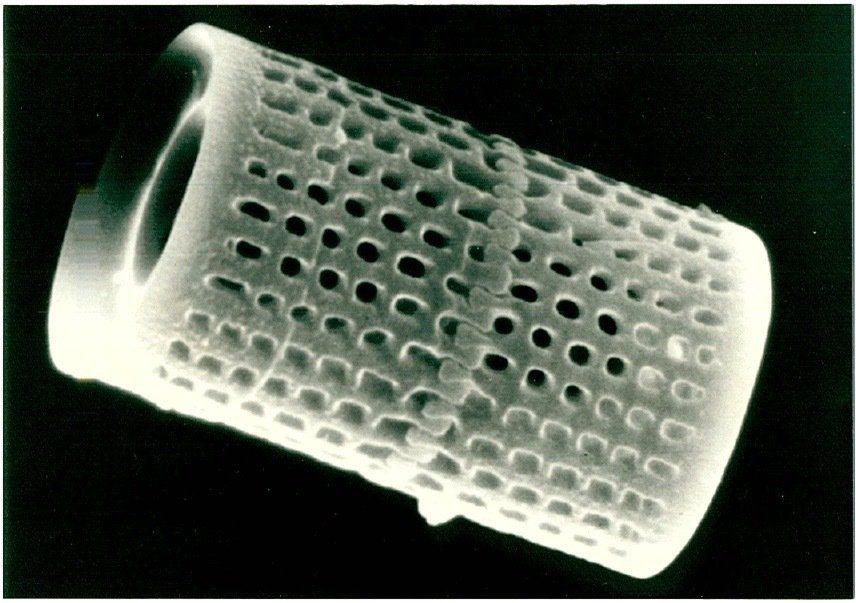
Dig this: Fossilized remains of long-dead critters can lend new life to your cannabis plants. We’re talking about diatomaceous earth (DE), the fossilized remains of phytoplankton or diatom algae. When they were alive, these freshwater organisms extracted nourishment from the water as it passed through their porous, silica-based exteriors. As they died, they sank to the sea floor and gradually created deposits. So what’s the dirt on this versatile substance and its applications in your grow room? For one thing, DE works as a natural insecticide, but that’s only half of the story. As an aggregate, DE also goes to work in the soil, boosting its water holding capacity and infiltration.

